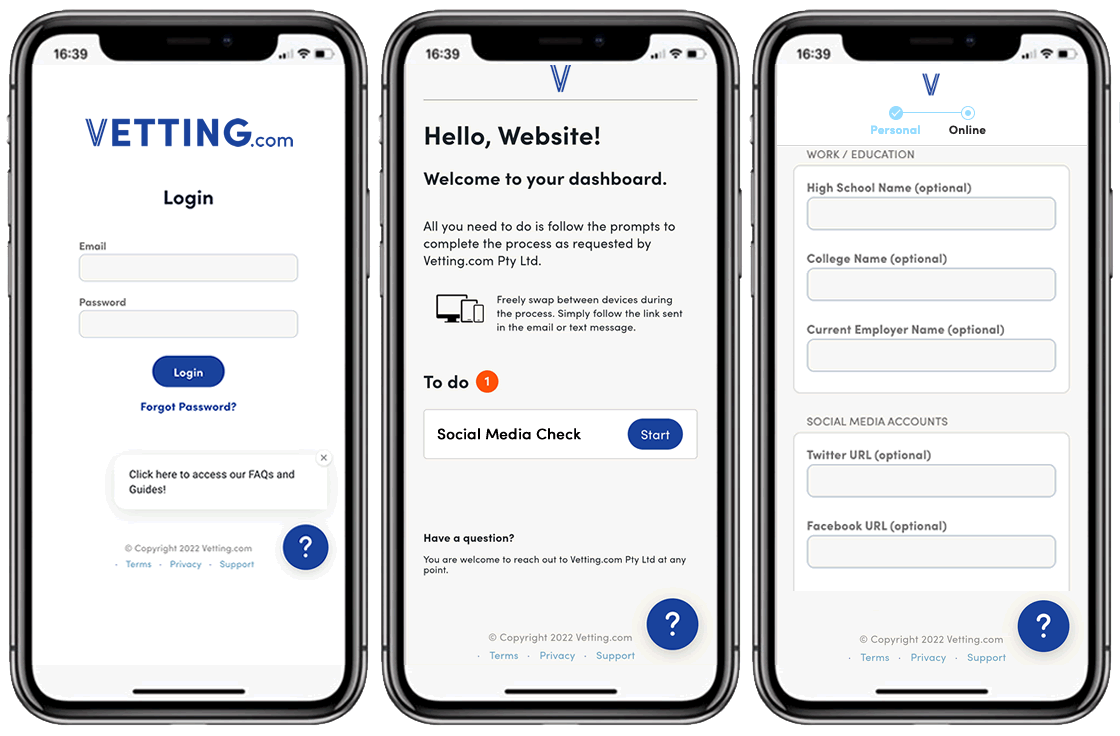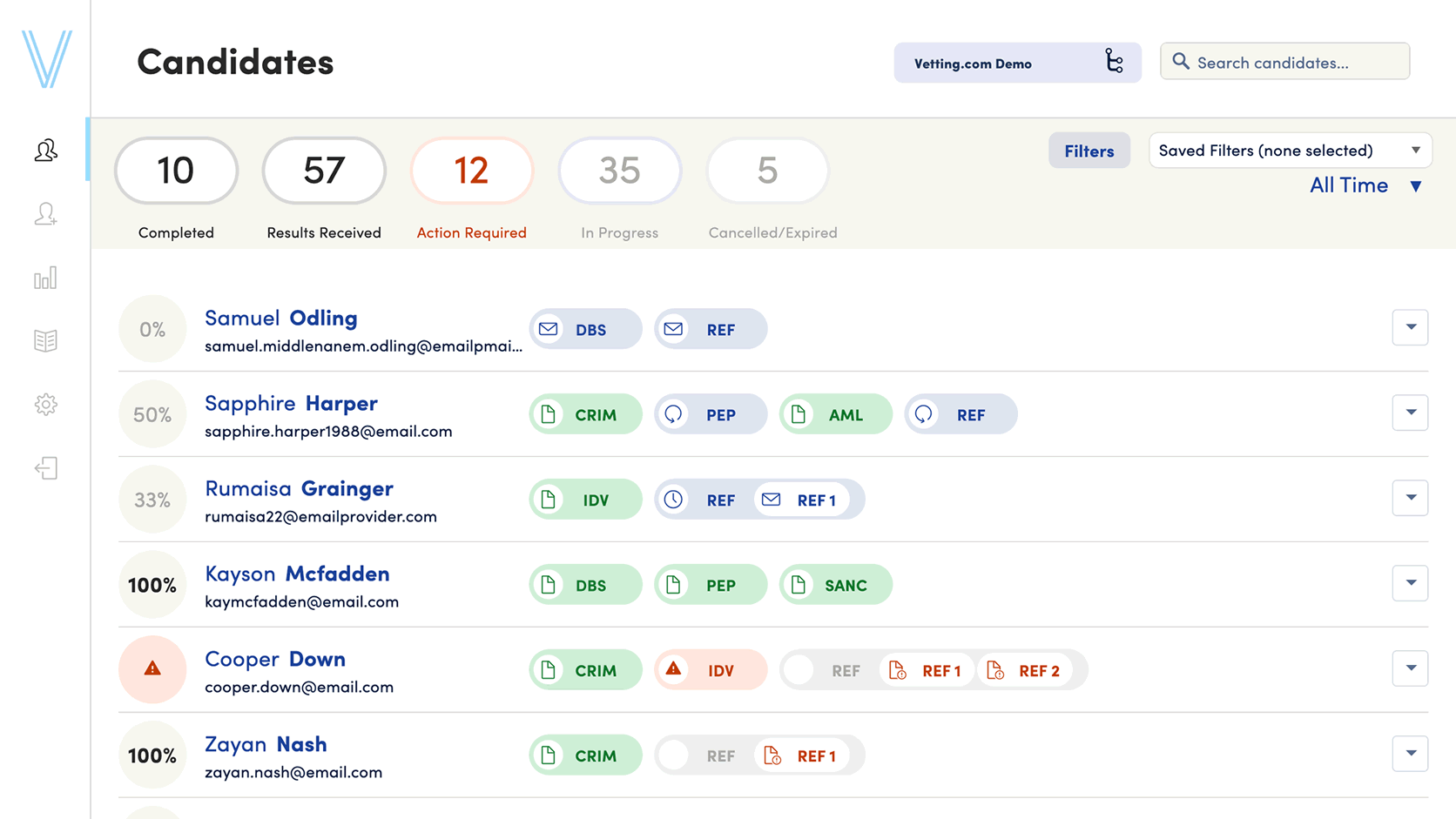There are many advantages to performing a Social Media check on candidates. Below is a breakdown of a few of the top reasons:
- CVs only provide one view of a candidate and often, during the interview process, candidates will portray a particular version of themselves. This makes it difficult to know whether they will not only suit the role they are applying for, but also fit into the team on a day-to-day basis.
- By performing a Social Media check, employers have found that they are able to gain an insight into how candidates act, talk and represent themselves in a less professional setting. This gives an added layer of protection to their brand by ensuring that they hire someone with the same core values as their company.
- Social Media checks also protect your current employees by ensuring that new starters do not pose a threat to their current staff.
- In turn, this can reduce your turnover rate and save the cost and stress of re-hiring.







